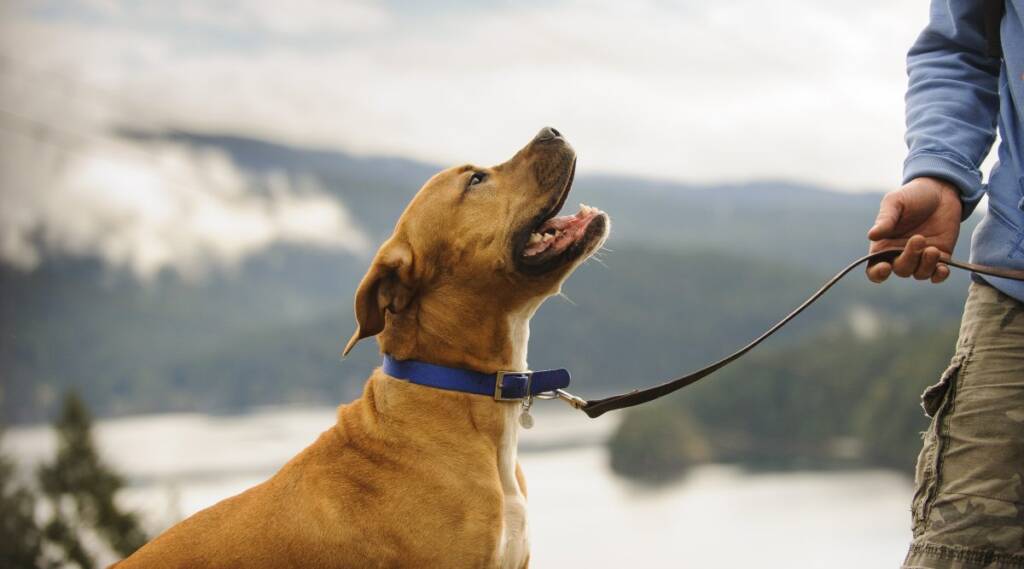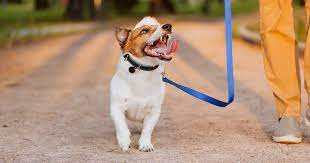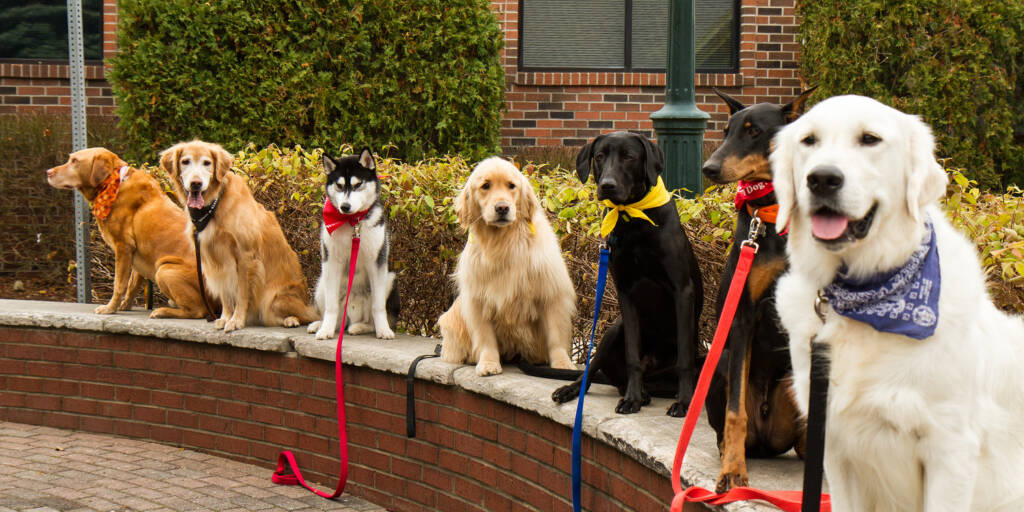Off leash Training: By walking with their leash on, you may be able to improve your Labrador’s health. On the other hand, there are times when your lab will just want to play and explore on its own. The choice is now up to you whether to keep your Labrador leash-free.
Taking your dog off-leash poses several dangers. They may run away and become injured. Before we go any further, let’s look at why leashing your dog is so important, as well as what is at risk from it.
If your Lab is well-behaved even in public settings, there is no harm in not leashing him in areas that allow this. There is a substantial amount of risk associated with it, however, and you should understand how to mitigate it.
The importance of leashes
Your dog’s safety comes first and foremost. Whenever you take your Labrador for a walk, you can keep an eye on him with a leash. Further, if your dog is very energetic and runs away at the slightest provocation, it’s a safety precaution. They can easily become lost because of their impulsive behaviors.
Second, it is required in many public places. If you walk your Labrador or get some regular exercise, you will find that a lot of places have strict leash policies. Leashes are, of course, required in those circumstances.
Secondly, it is a matter of common courtesy. Even in places where dogs are welcome and the area is public, some people may not like dogs.
Nevertheless, I understand. Those unfamiliar with dogs may feel intimidated by Labradors since they are quite large.
A second risk is that your dog may become scared and injure another dog or a person nearby.
You should always keep that in mind, even if it doesn’t happen in your case. Assess situations with as much care as you can.
Dogs should be leashed in public spaces for their safety and well-being, and there is a good reason for this. During a study conducted in 2010, researchers looked at the amount of interaction that dogs got while leashed. Studies have shown that dogs who are both leashed are less likely to interact with one another.
Situations such as the one we are experiencing today with the pandemic could benefit from this. Less interaction between dogs means fewer chances of contracting infectious diseases during outbreaks of infectious diseases.
Although not always the case, it does happen sometimes. Socializing with other dogs is usually a great experience for your Labrador when it is safe. It is not always a bad thing for dogs to go off-leash. It has many benefits for owners and dogs alike.
If you follow these tips, your Labrador will remain close to you even off leash
With your dog, you can play more! The furniture or space in your home might prevent you from playing with your dog. It can sometimes be difficult for your Labrador to spend all his energy in the yard. If you have a smaller backyard, it’s still worth considering installing a dog door so your pup can balance their energy levels as needed. Even a small area can keep them fairly stimulated with smells, sounds, and a place to play and relax.
For Labradors trained off-leash, places with dog-safe areas are wonderful alternatives. If they were tied, they couldn’t explore and have fun the way they could without the leash.
The exploring part of your dog’s life is especially enjoyable when he is naturally curious. When they are off-leash, they can explore the environment and smell interesting smells that they would not normally get to experience when they are leashed.
However, a dog that has been trained off-leash will also know not to run out of the door when it is accidentally left open. By training them in case of a precarious situation, you are attempting to mitigate the risks.
Off leash training for Labrador retrievers
To train your dog to stay close to you off-leash, you must give him cues so that he knows when to follow you and when to go outside. You should ensure that your Labrador comes to you when called before considering going off-leash.
If you call, they must know not to ignore you. Even that requires training. It may take a while before your lab responds to your calls consistently, so you need to be patient and consistent when training.
First, you must establish what you want your dog to do before you can train him to go off-leash. That will be determined by the training methods you use. A good option is to bend over a bit and reach out your hand while crouching down.
As soon as you do this and call them, your Labrador should understand that they must come when you do this. Never ignore your pet’s good behavior and always reward them with treats and praise. Knowing the difference between coming when called and coming when they want to is essential.
Make sure that this recall is incorporated into their daily lives. Be sure to include it in the activities you do with them and the games that you play. You will find that it can be a long and difficult process, but if your dog consistently comes when called, it can work wonders for off-leash training.
The system you’ve established with your Labrador is now ready to be put to the test. See if there are any dog parks in your area that allow off-leash activities, and start there.
Make sure you both stay on top of the systems you’ve set up. Be sure to reward them for good behavior at first. By rewarding them for good behavior, they will continue to do so.
Don’t go overboard, however. It’s a good idea to give treats when they do good consistently, but it doesn’t have to be every single time. It is important to bring treats if this is your dog’s first time being off-leash in a public space.
Soon, you’ll have a Labrador who always stays close to you, even without a leash!
As I mentioned earlier, don’t expect it to happen overnight. It can take up to months to train a dog because its brains are not wired that way. Keep in mind that this is ultimately for the safety of your beloved pet, so be patient with the process.
Runoffs: what to do
However, even if you have the perfect training and a perfect record, you must still be prepared for the risks involved in going off-leash. Labradors shouldn’t be allowed to run away from you without understanding what to do.
Maintain constant contact with your dog by attaching contact information to them. Though this is not a foolproof plan, taking precautions is better than not doing anything at all.
Now that you’ve addressed that, don’t rush toward your dog. Labradors are playful animals, and they run faster when they think they are playing. Furthermore, they’re fast, and you’re unlikely to catch up with them in time.
It would be wise to hold your ground and wait until they come to you. You should praise them when they do. Understanding that they will always have a positive experience when they return to you e is important.
Are labs easy to train off leash?
How do you train a lab to walk off leash?
Regularly practice training commands with your dog off-leash in an enclosed area. Gradually add more distractions. Practice “look” off the leash and keep rewarding natural check-ins. When you are confident that your dog is ready, try letting your dog off-leash in the safest area possible for short periods of time.



